Table of Contents
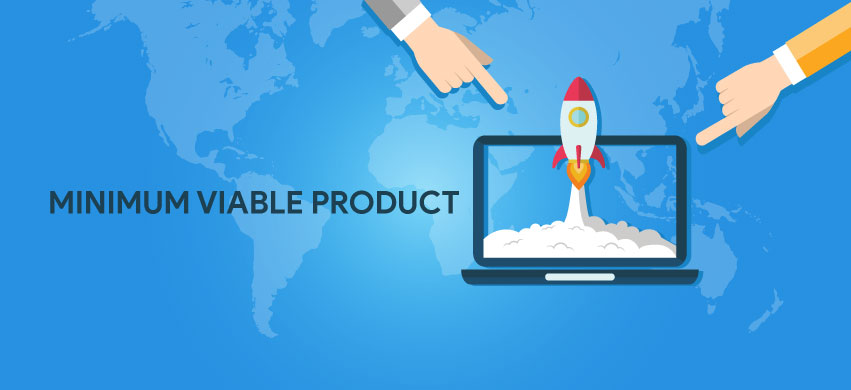
The first time Eric Ries, author of The Lean Startup, spoke about MVP he described it as- “ A Minimum Viable Product is that version of a new product which allows a team to collect the maximum amount of validated learning about customers with the least effort”.
If you have an excellent idea to solve a certain problem and it looks really promising, don’t rush to burn through your cash on building up a complete product. Also, don’t set yourself up for long periods of diligent work behind shut doors with the sole purpose of launching your product in the market.
Entering a market with a new product can leave even the most well-established companies reeling under the pressure of launching a ‘product’ that can generate serious buzz and demand. Things only get 10x worse for Start-ups and newbies.
As a company, before you go to the market with a new product it’s important to have a clear answer to these 2 questions –
1) Do customers really need the product or service?
2) Are they willing to buy it?
MVP is a concept that can help to answer these questions.
MVP (Minimum Viable Product) is a dummy/ demo/ basic product that allows you to receive genuine feedback from your potential customers, helping you know what they need and then creating a finished product based on the general consensus of what the final product be like. The essential aspect is to avoid creating a product that has no demand or bring any value to the user.
MVP – A stripped-down, minimalist version of the idea of your product with just the core features.
Let’s break down the concept of MVP – Bring out the wrecking ball!
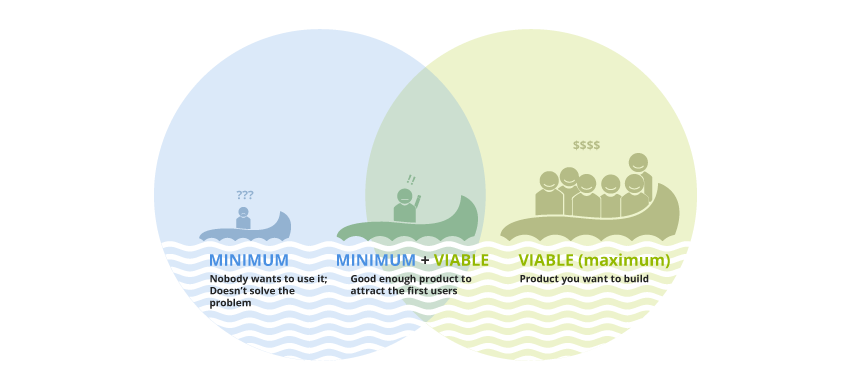
Minimum:
Minimum, for a hypothesis or idea, does not mean a raw product created in a rush. Minimum means a product that has been developed with just the core features (primary) in the minimum possible time. It’s important to note that only 40-45 percent of all features of a product is truly important to end-users and usually, up to 60 percent of the features are either under-utilized or at times never even used by the customer.
Viable:
Viability allows Start-ups and developers to focus only on the top features when designing a prototype. Top features are the break down of your ‘superb’ idea or hypothesis to discover their true value based on user needs.
MVP allows you to reduce the launch time by focusing only on the core features and to start receiving immediate feedback from the users. This allows you to go back to your drawing board with the constructive feedback, re-design the prototype, re-launch it, receive constructive feedback until you have struck off all the major feedback points as accepted and implemented, with minimal deviation from your core idea.
It is important to realize that MVP is NOT a product but the process of creating ‘that’ Product. In my next blog, I am going to explore the 3 major points to implement when calculating an MVP’s market value. Stay tuned…
#ArtificialIntelligence #AI #DisruptiveTechnology #ArtificialNarrowIntelligence #AI&Ace #AdvancedTechnology #AceInfoway #CustomerFirst #pole-vaultphenomenon










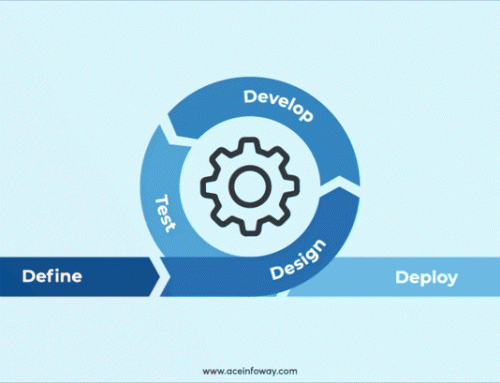

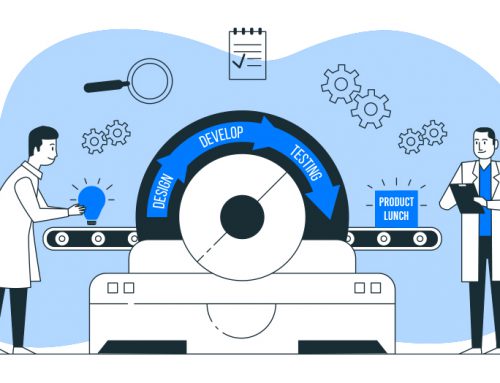
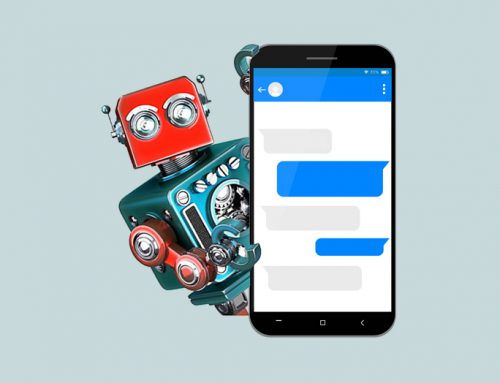

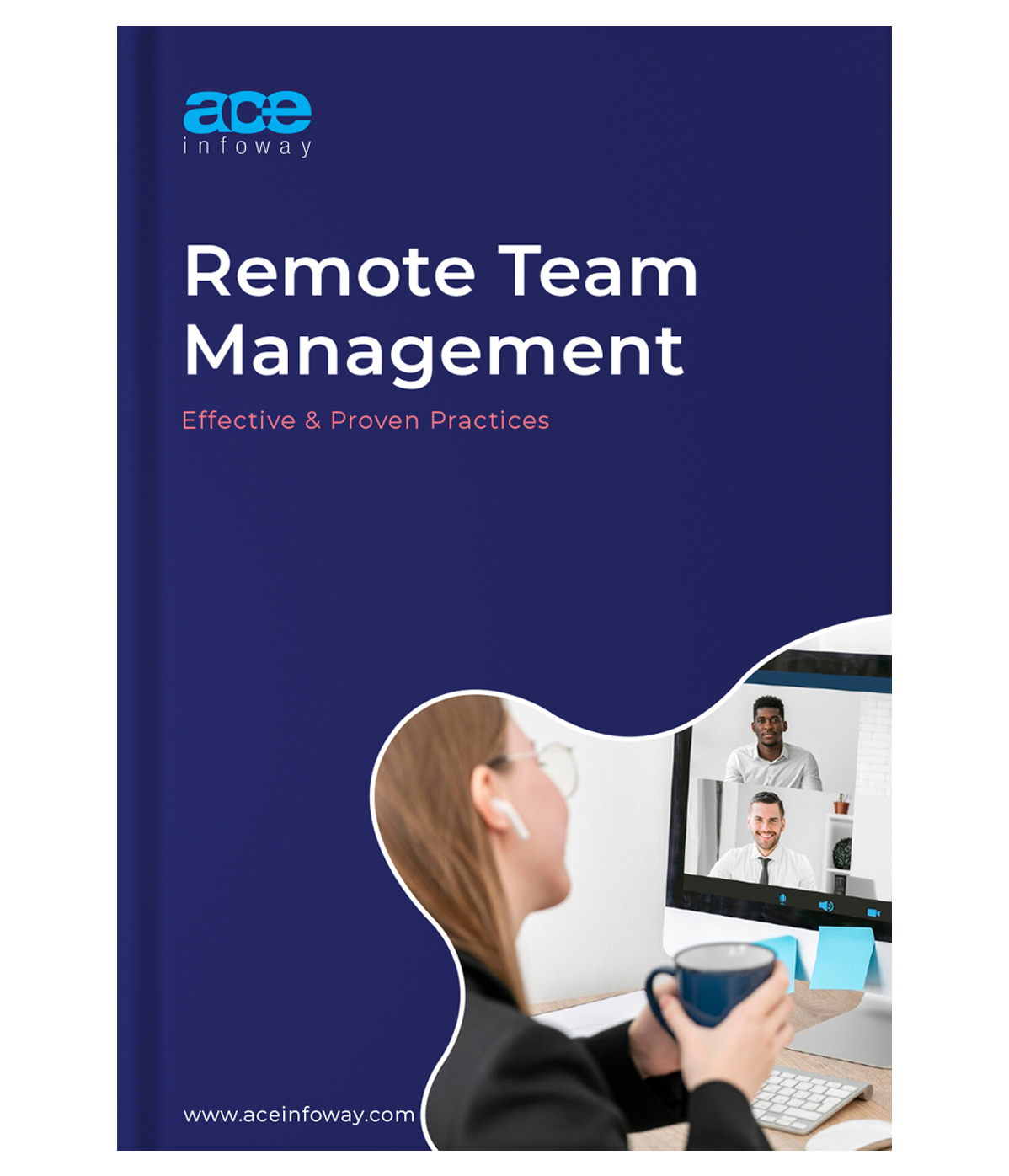








Leave A Comment